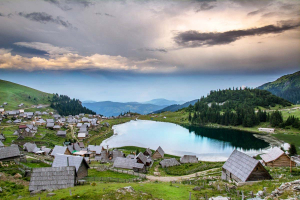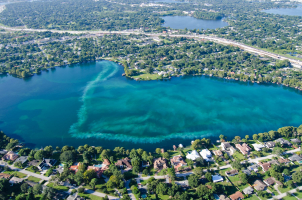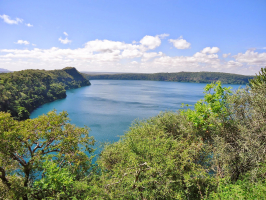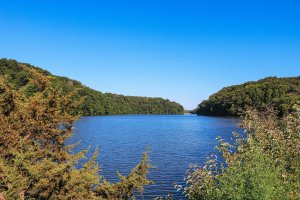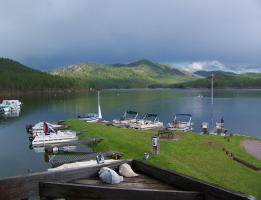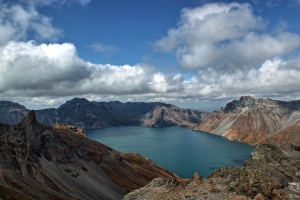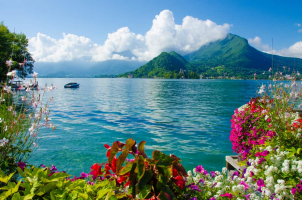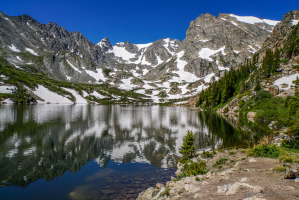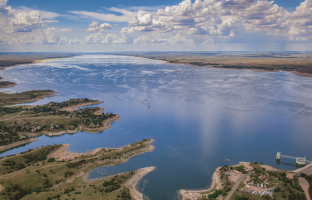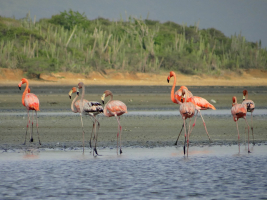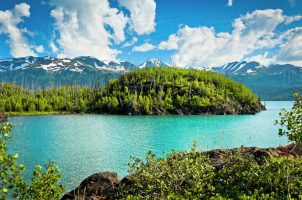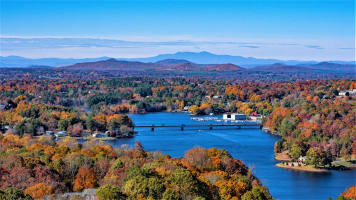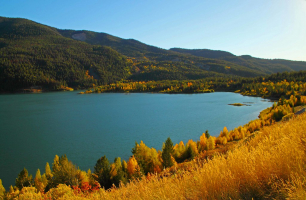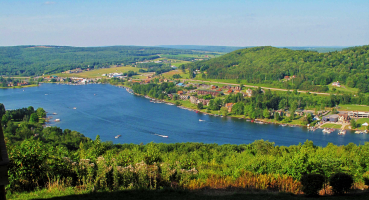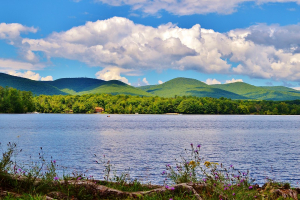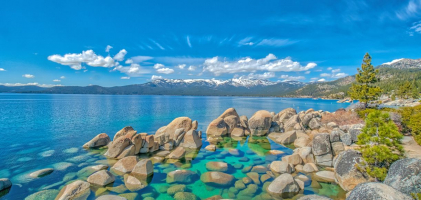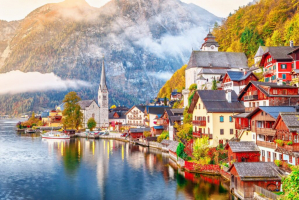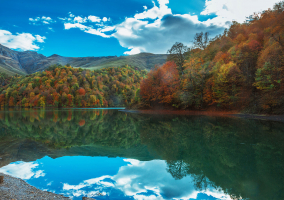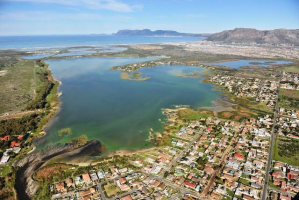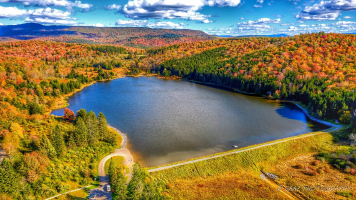Top 4 Best Lakes to Visit in Israel
Israel's desert land is abundantly blessed with water bodies. The water sources that surround Israel cause unpredictable changes in its landscapes, ranging ... read more...from dense foliage to natural rock formations, canyons, and deserts. Natural springs in the valleys give rise to the Jordan River and its tributaries, which eventually flow into the Sea of Galilee. Shallow depressions at the earth's lowest point have given rise to extremes ranging from freshwater lakes to a hypersaline sea in Israel. Here is a list of a few lakes in Israel that are nothing short of a natural wonder.
-
This freshwater lake is situated in northern Israel's Galilee region. The Sea of Galilee was created by a basin in the Galilee valley that is home to more than seventeen different natural springs. The Holy Bible places a lot of emphasis on this 165 km long freshwater lake. It is also known as the Lake of Kinneret after the name of a nearby region thought to have served as the refuge for the earliest known human beings.
Visitors to this lake can partake in a few water sports like kayaking and kiteboarding on the rocky beaches surrounding it. This reservoir, which is one of Israel's major seas and the country's largest freshwater lake, serves as Israel's second-largest source of drinking water after the Jordan River. Hot springs and nature preserves can be found in abundance around the lake.
Location: The Sea of Galilee is situated in the Jordan rift valley in Northern Israel.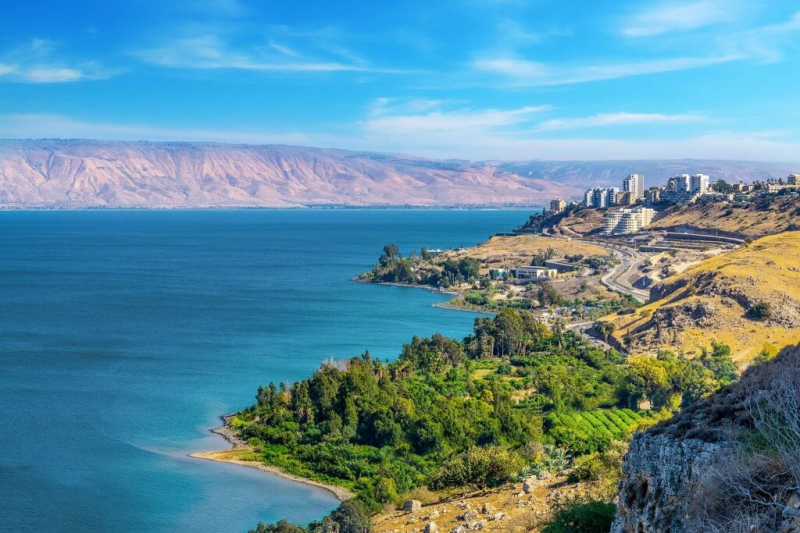
Visit Israel 
Audley Travel -
A reservoir known as Lake Hula was created in the marshy Hula Valley in northern Israel's Upper Galilee. It served as a significant water supply for the nearby agricultural lands, which are now a part of the Hula Valley Nature Reserve. It is a freshwater lake that is home to more than 400 different bird species in Israel. Near the lake, one can always spot migratory birds and mammals from Europe, like water buffaloes.
The nature reserve is accessible to the general public for a small entrance fee, and guests can rent bicycles to tour it. A significant archeological site with numerous museums and ancient ruins is the Hula valley. Even a day hike through the Hula Valley, where one can see Eshed Falls and other stunning waterfalls, is an option.
Location: The Hula lake is 7 km away from Yesod Hamaala junction near Kiryat Shmona.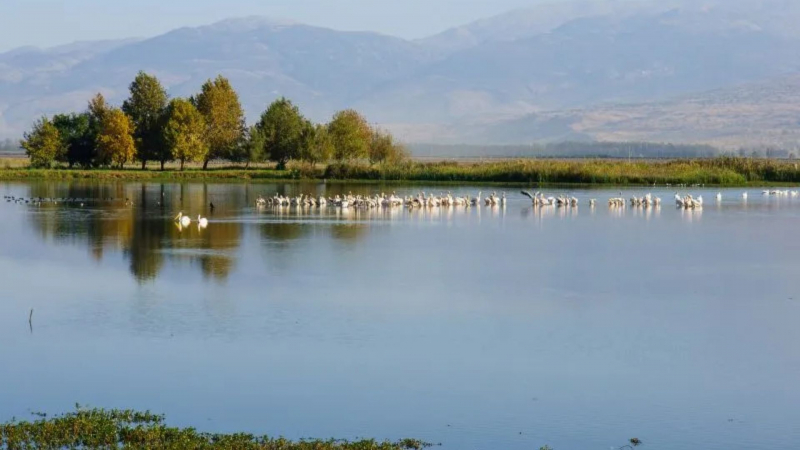
Tourist Israel 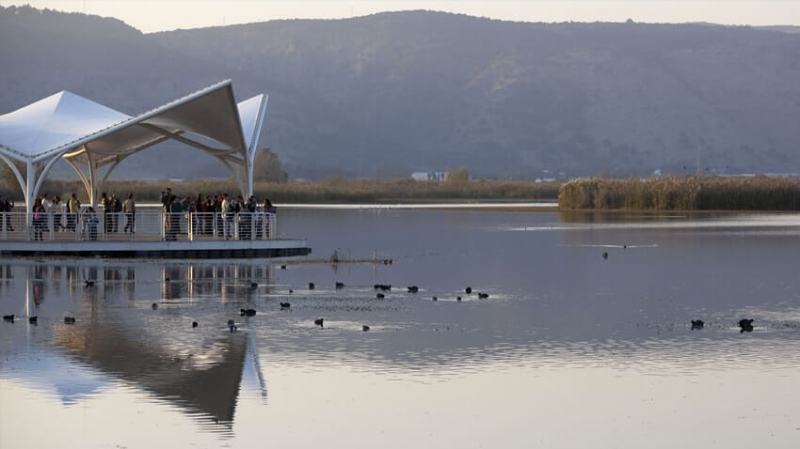
Visit Israel -
A reservoir called Lake Ram or Birket Ram was created in an old volcanic crater. The freshwater streams that flowed down from Mount Hermon created a lake that is more akin to a pond than a lake. It provides water to the nearby communities. With many apple and peach trees nearby, this Golan Heights location makes a lovely picnic spot in the spring.
The area surrounding the lake is considered an archaeological site, with early bronze-age artifacts, excavated. However, there are numerous activities to enjoy near the lake, such as the bamboo park, which serves as a camping site, and the Nimrod fortress. From here, one can even hike up to the Banias waterfall.
Location: Route 99, Masada, South Golan Heights, Israel
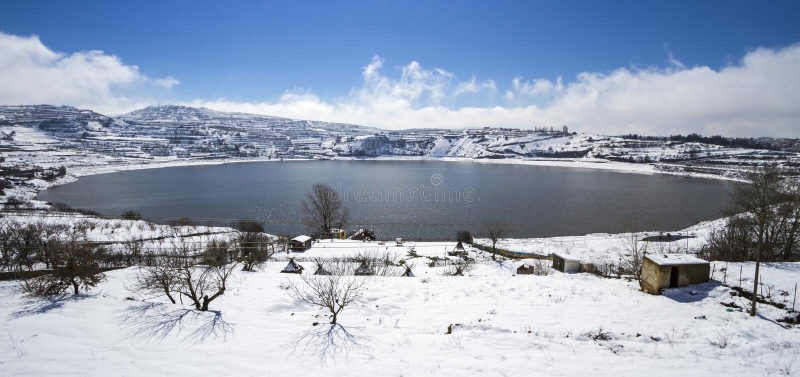
Dreamstime.com 
Adobe Stock -
A basin of turquoise water teeming with high salt content can be found in the Judean desert, which is home to the lowest point on Earth. The Dead Sea, a natural wonder, is the name of this hypersaline watering hole. Naturally, the mineral-rich mud that can be found at the bottom of the sea offers the skin an excellent therapeutic treatment. The sea is devoid of all forms of life, and its high saline content gives it a natural resistance to drowning.
There is no way for the sea's water to escape; instead, streams of water flow from the valleys and merge with it. The visible rock salts that are found on the Dead Sea's shores are formed as a result of water evaporation in the dry, humid heat of the desert. A well-liked destination for tourists to experience this water wonder is Kalia Beach. Unlike other lakes in Israel, the sea is essentially useless as a source of fresh water for the nation.
Location: Dead Sea rift valley, Israel
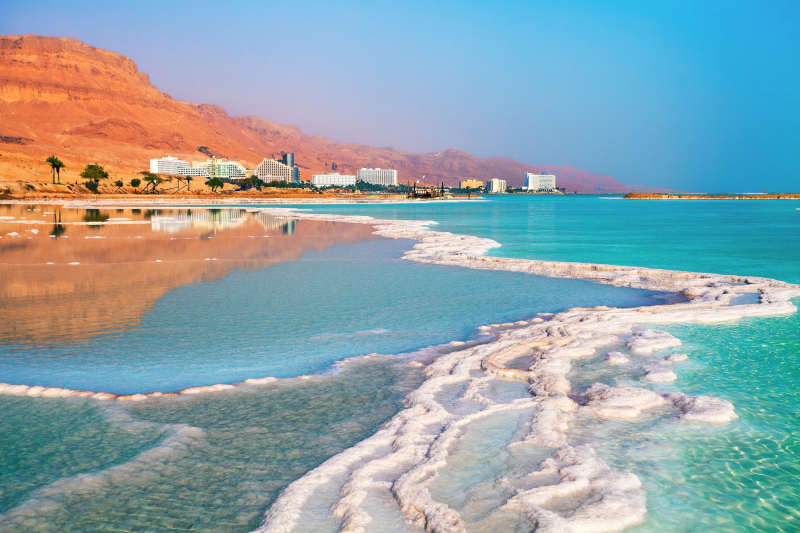
Lonely Planet 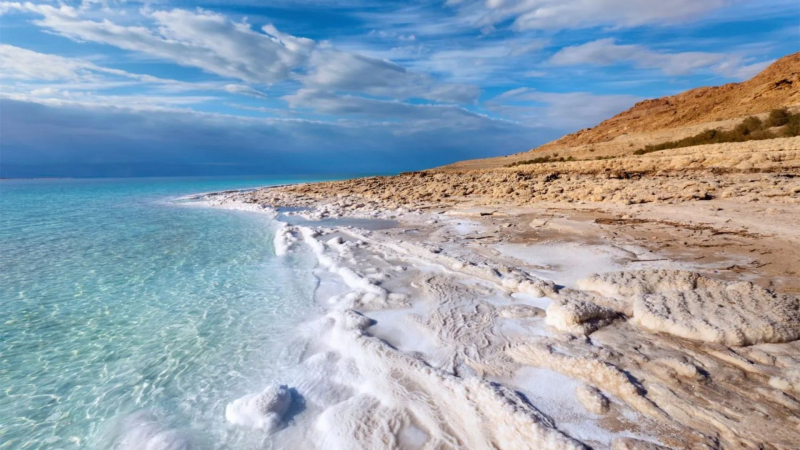
Tourist Israel






